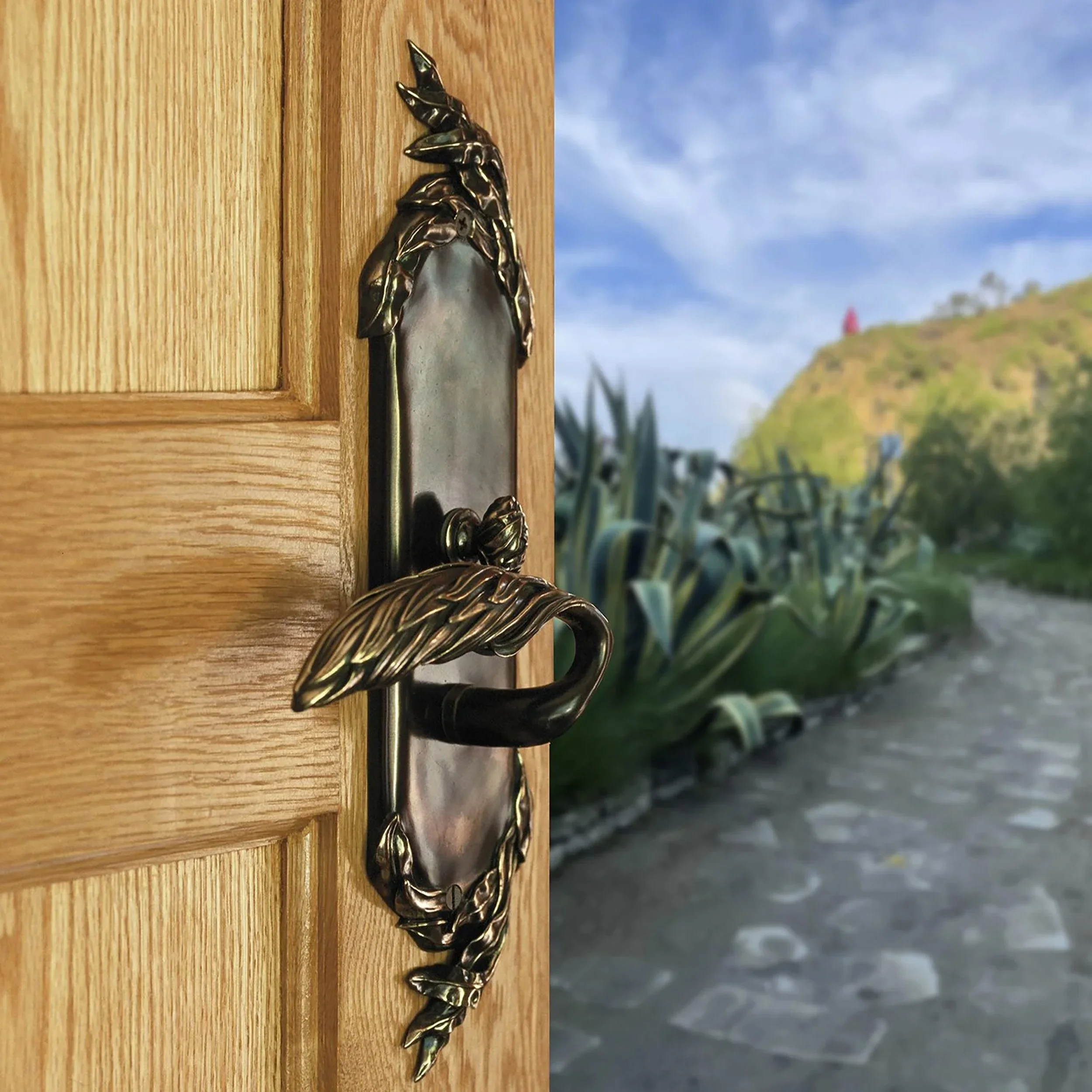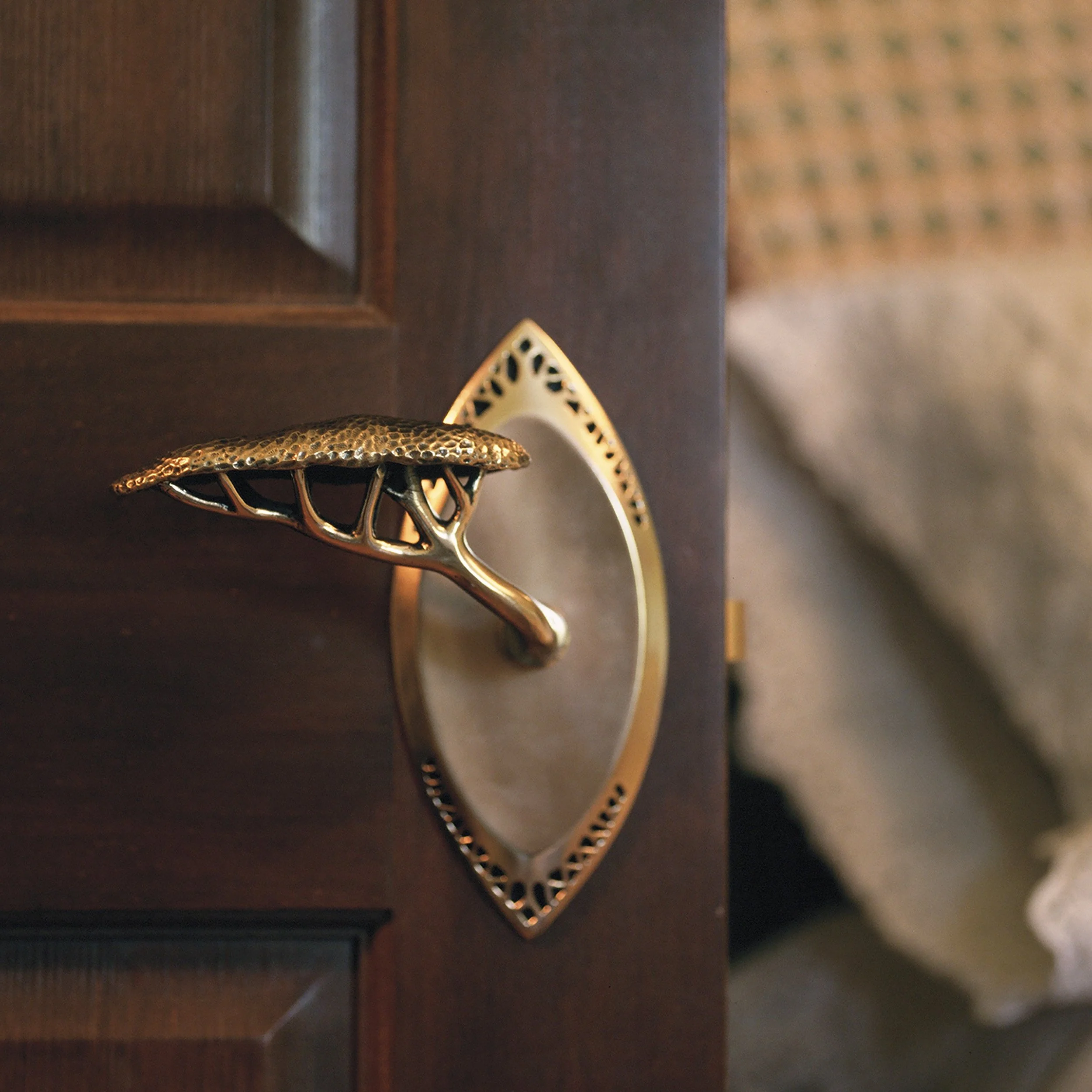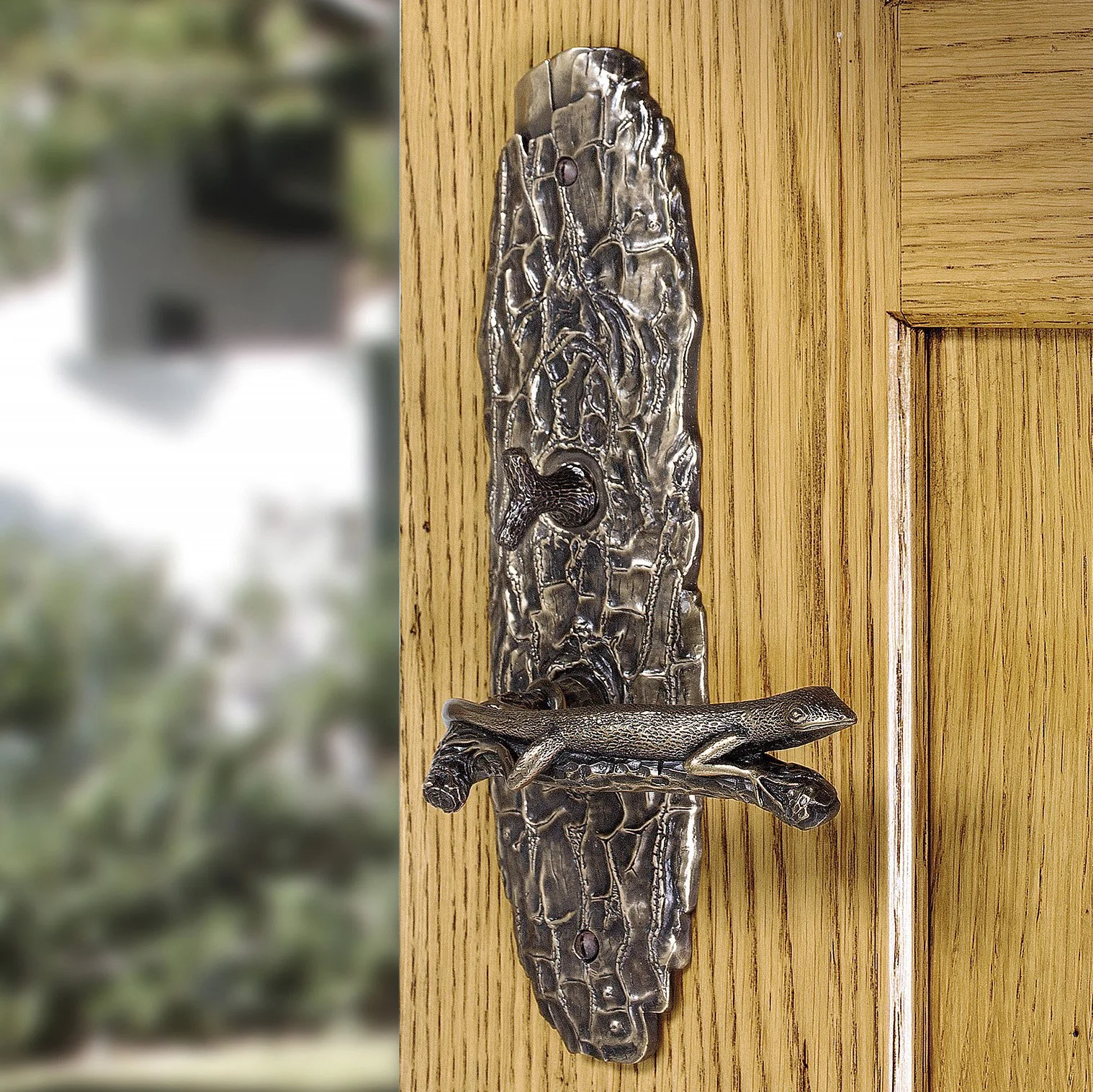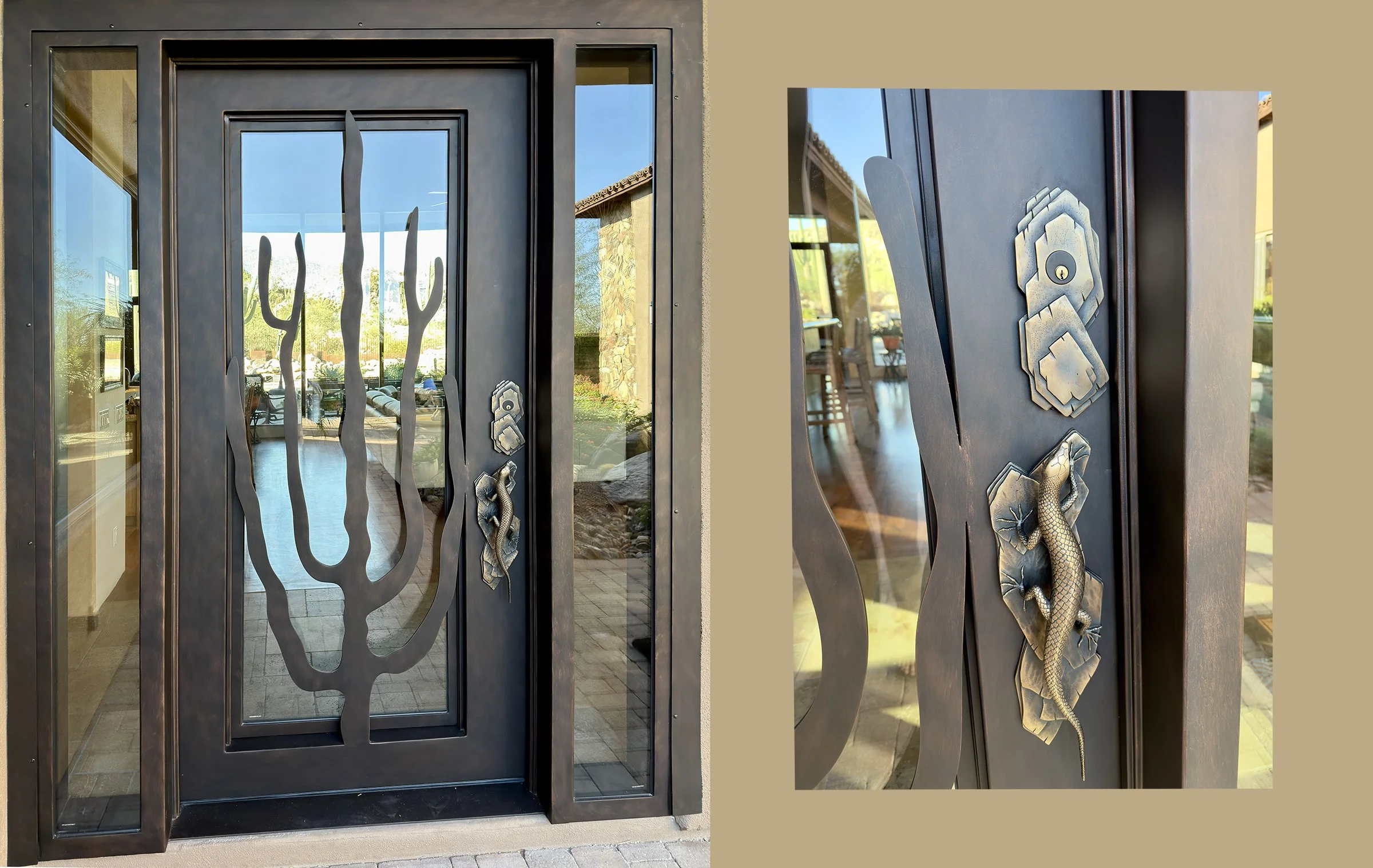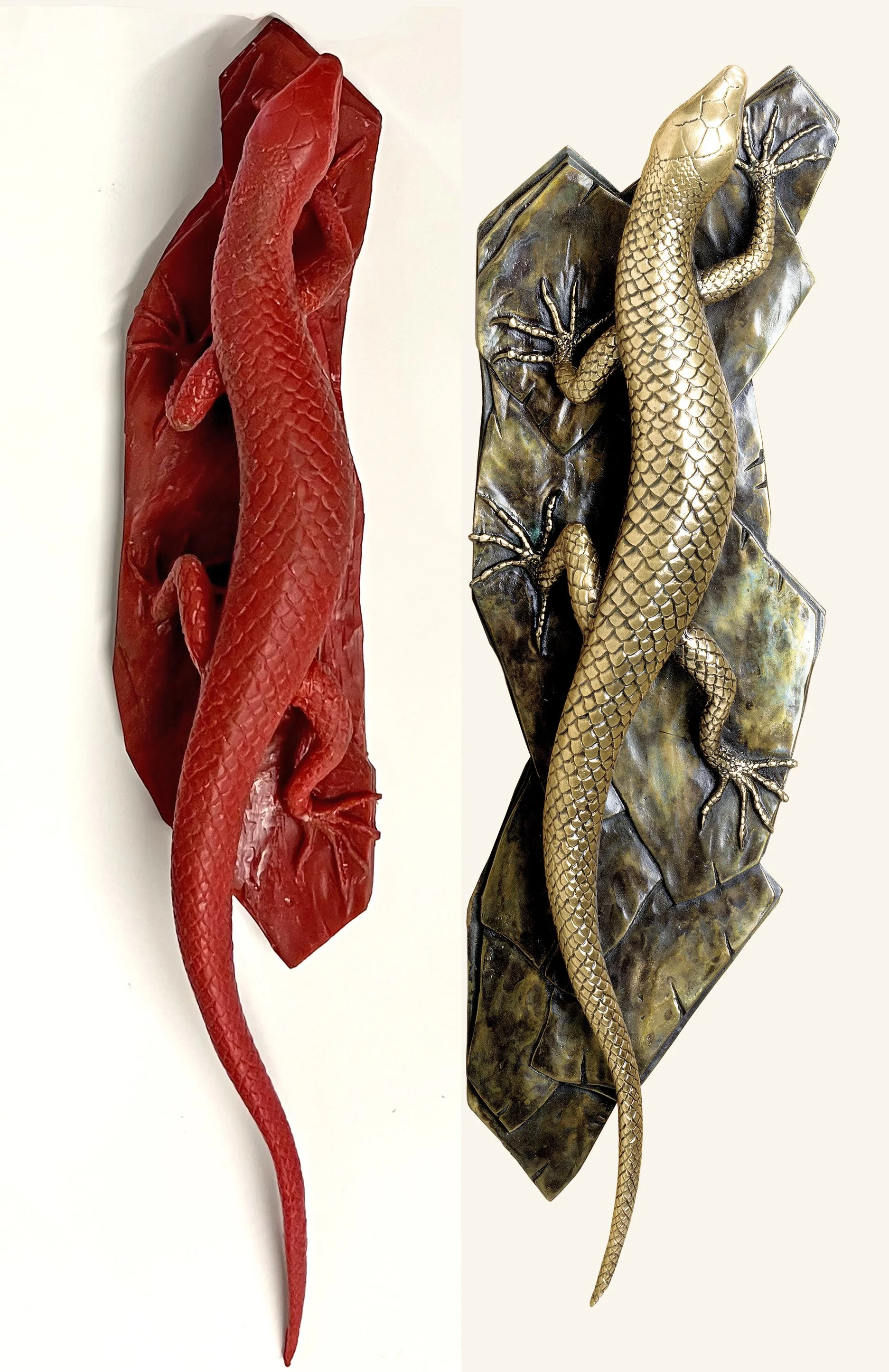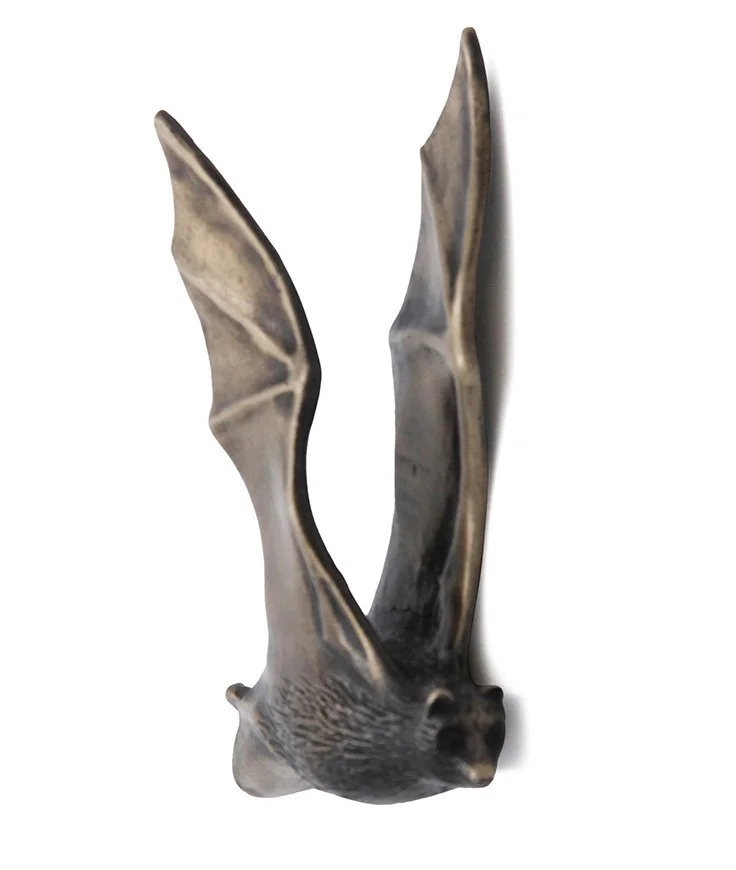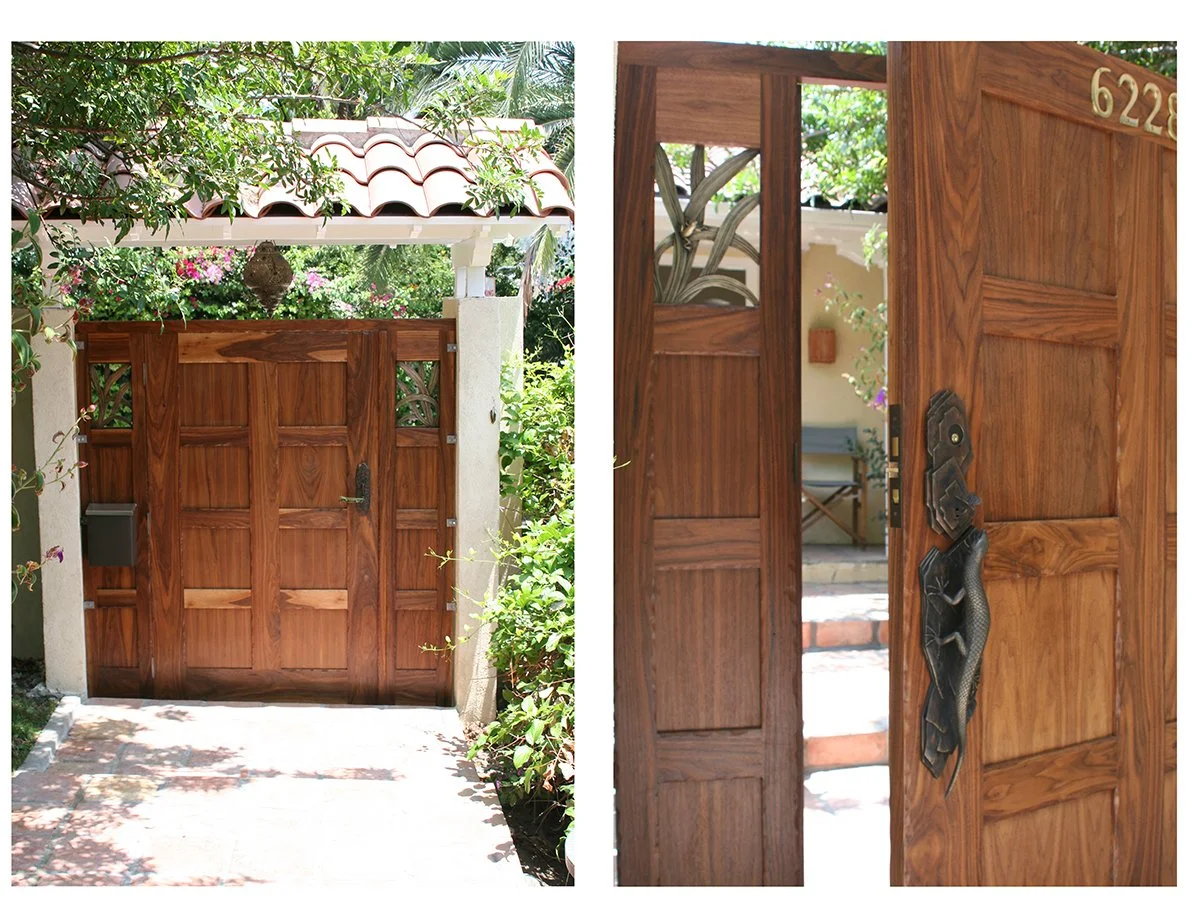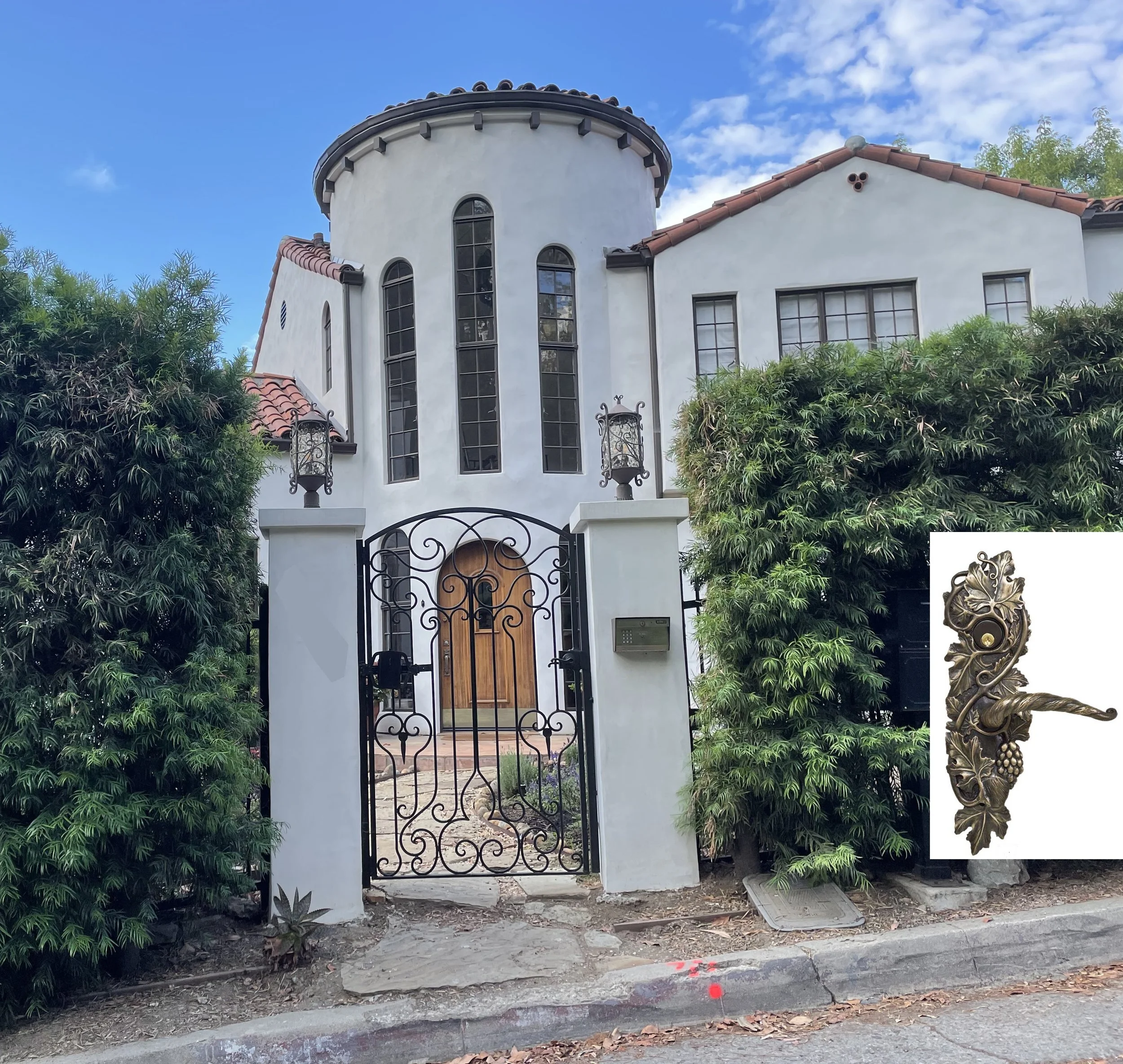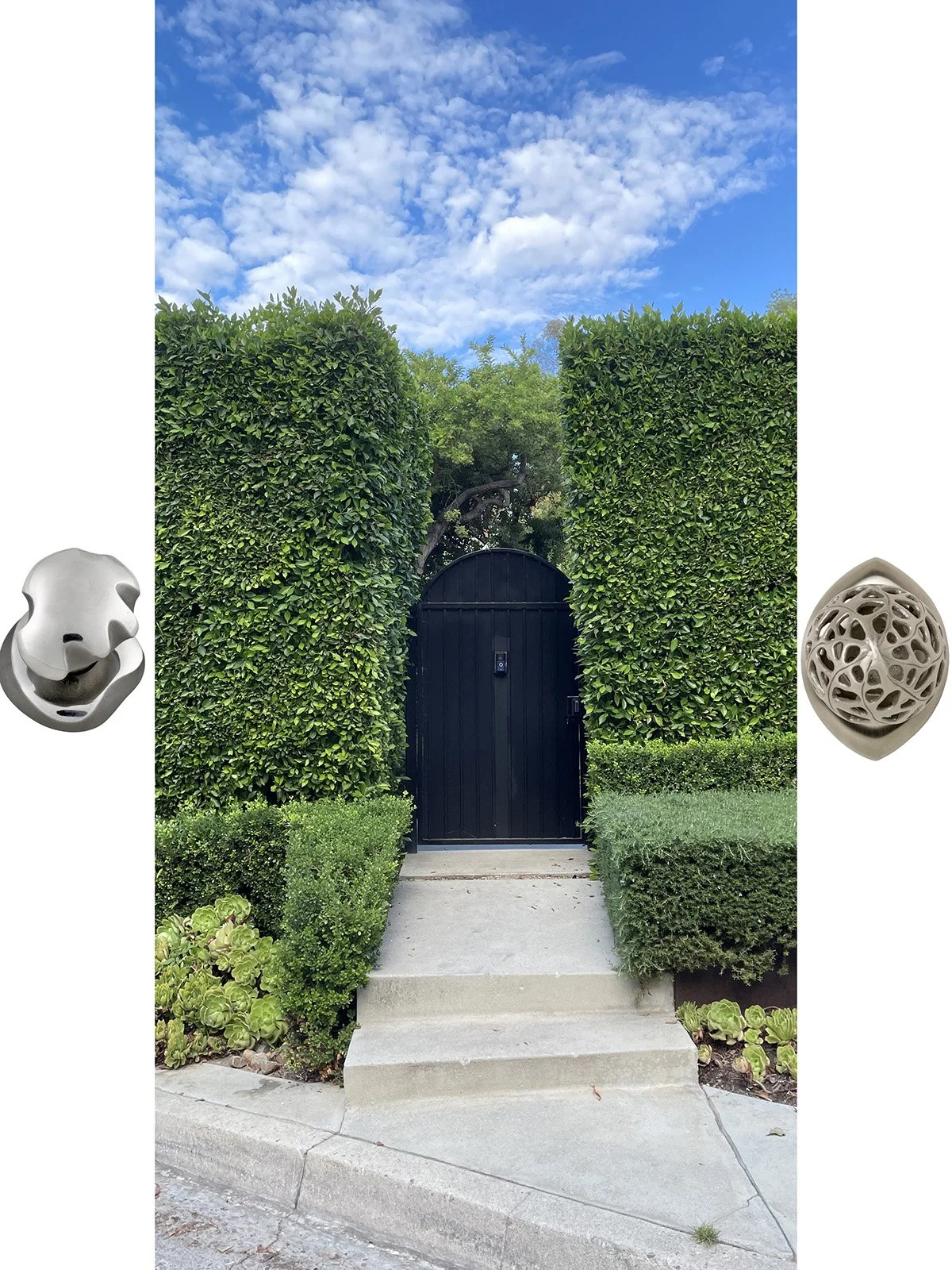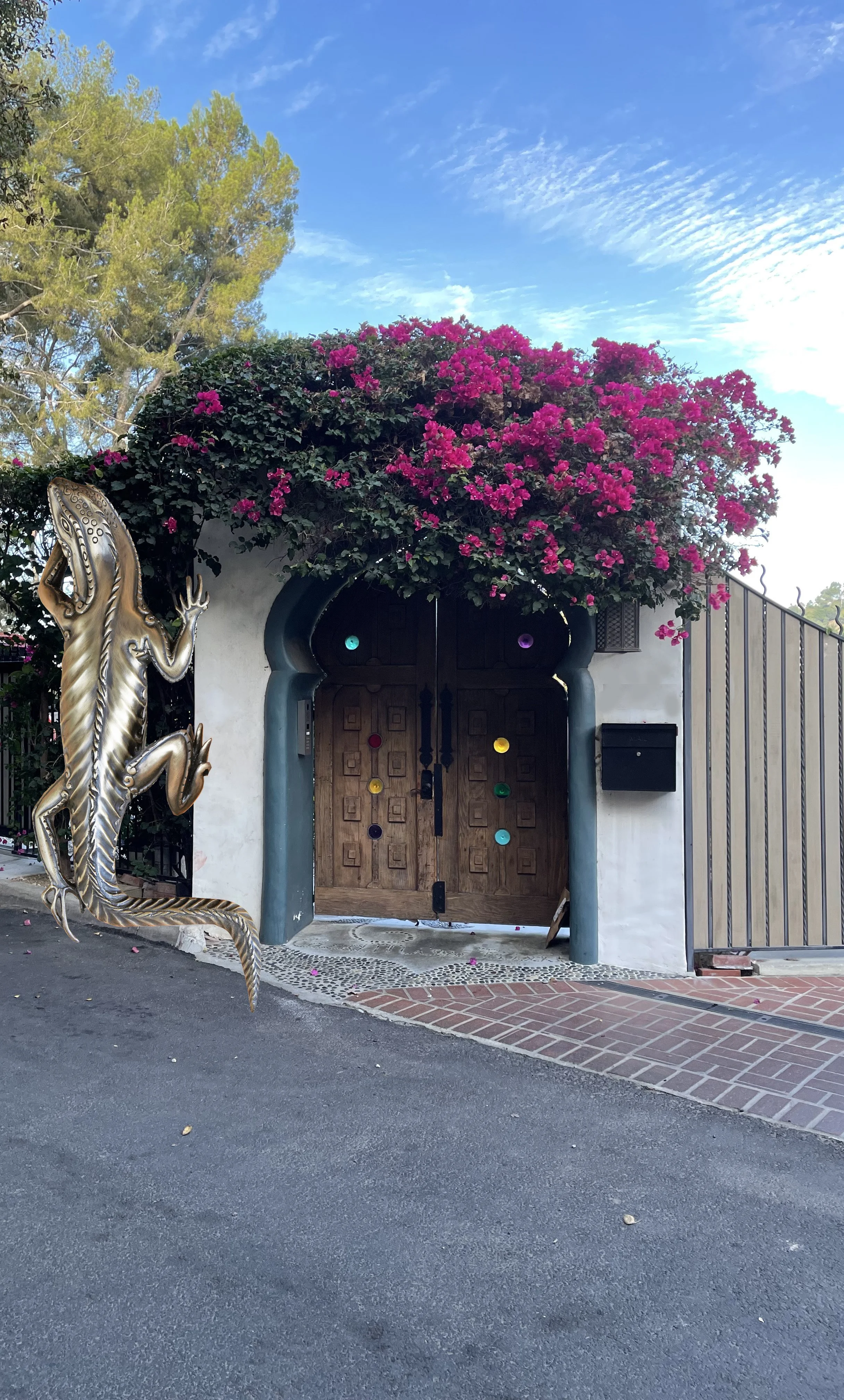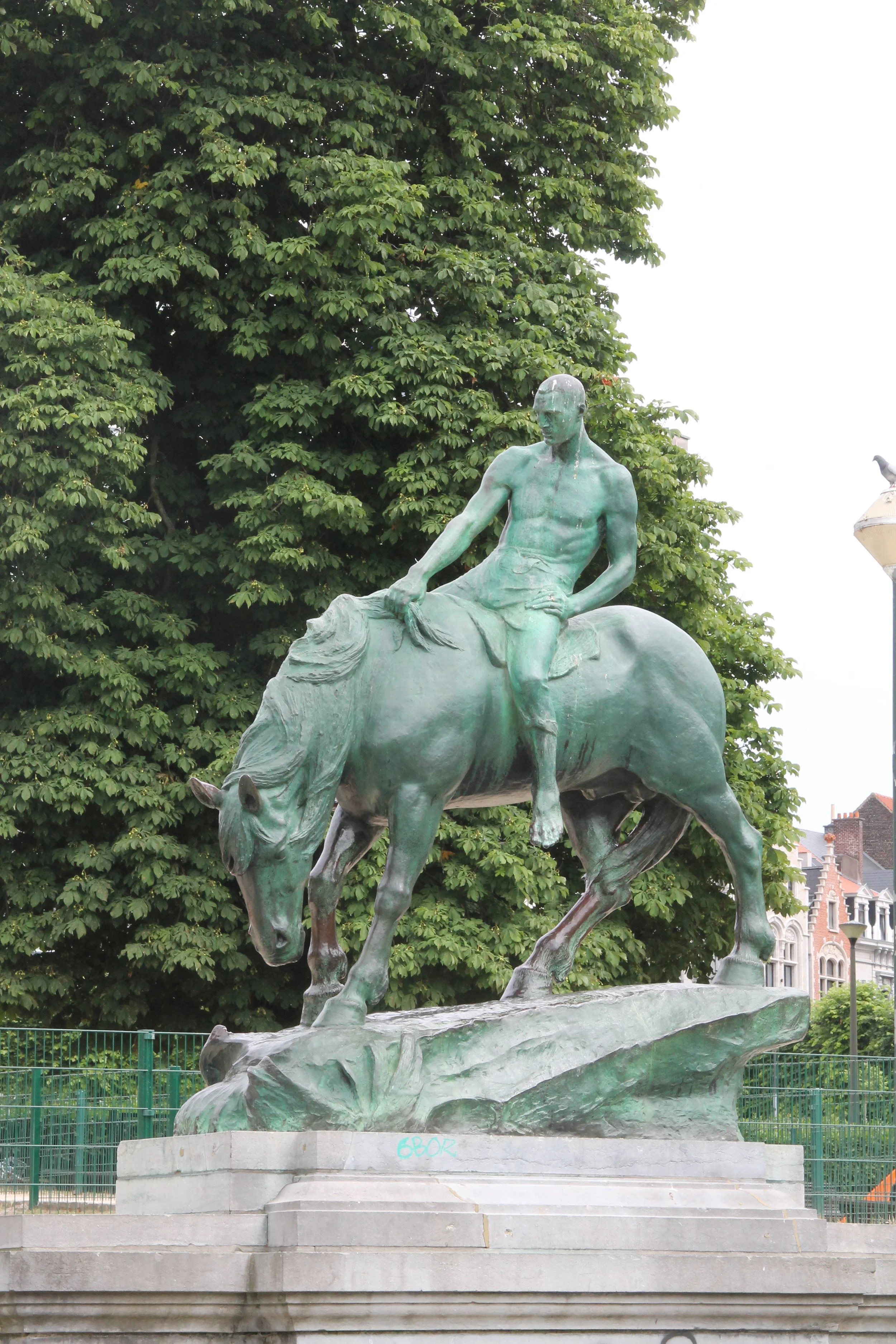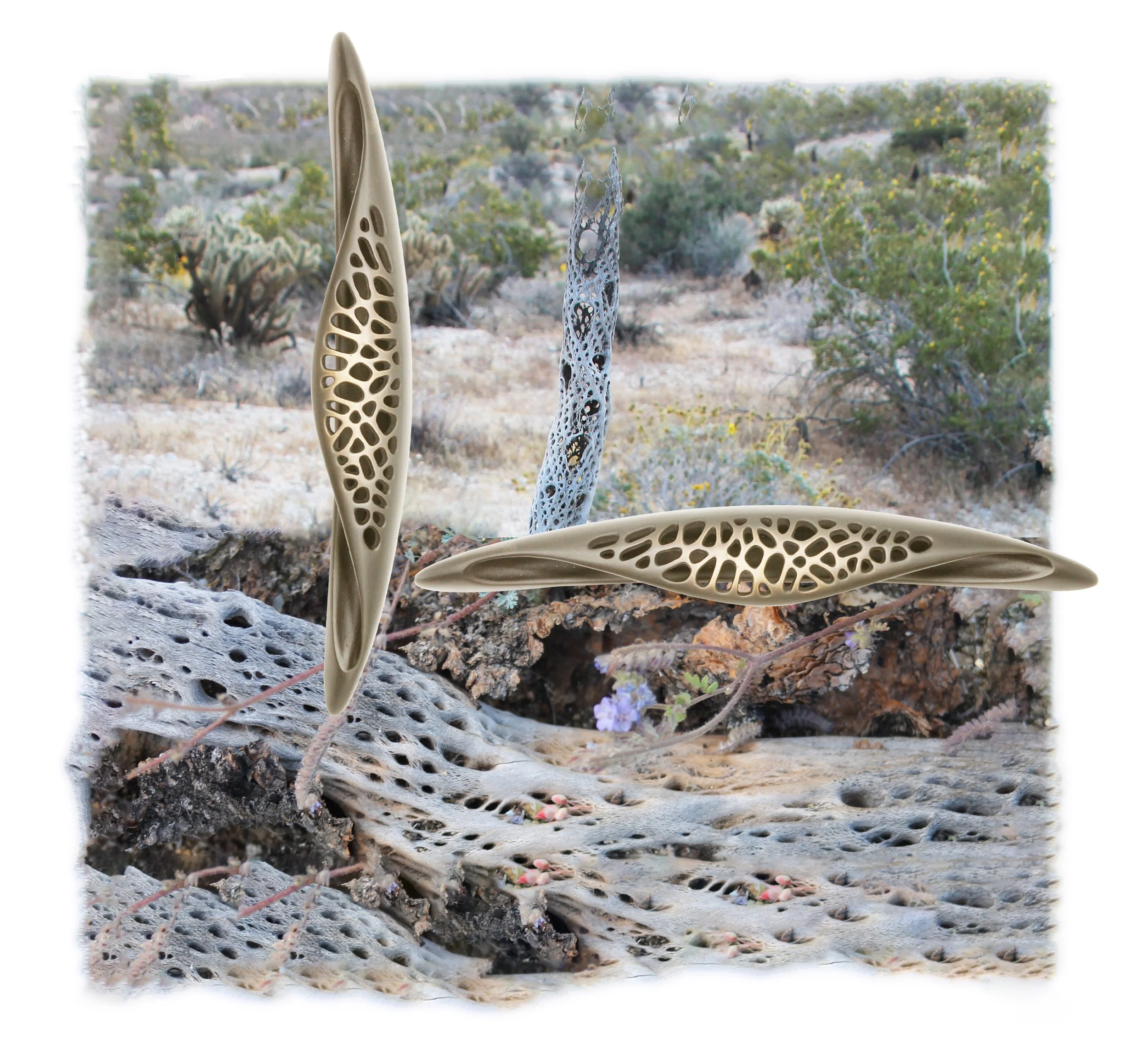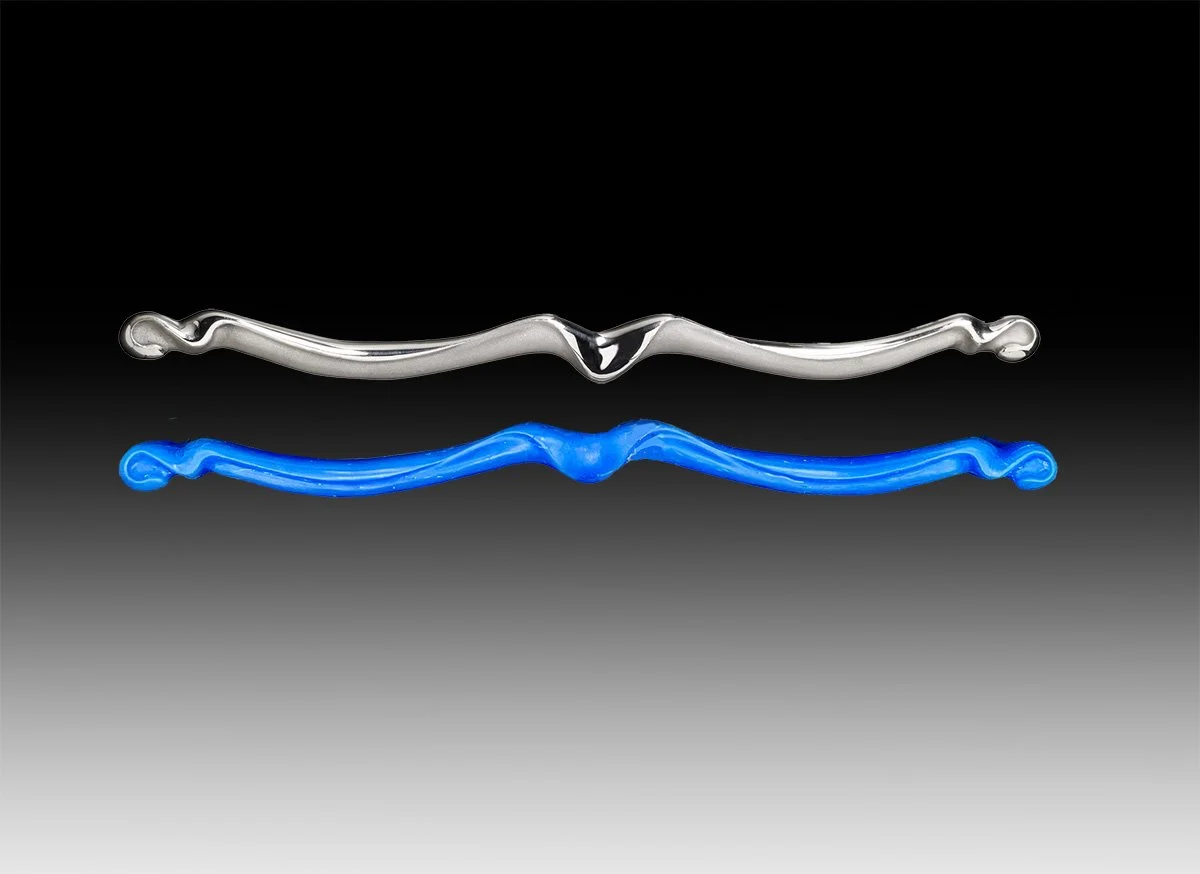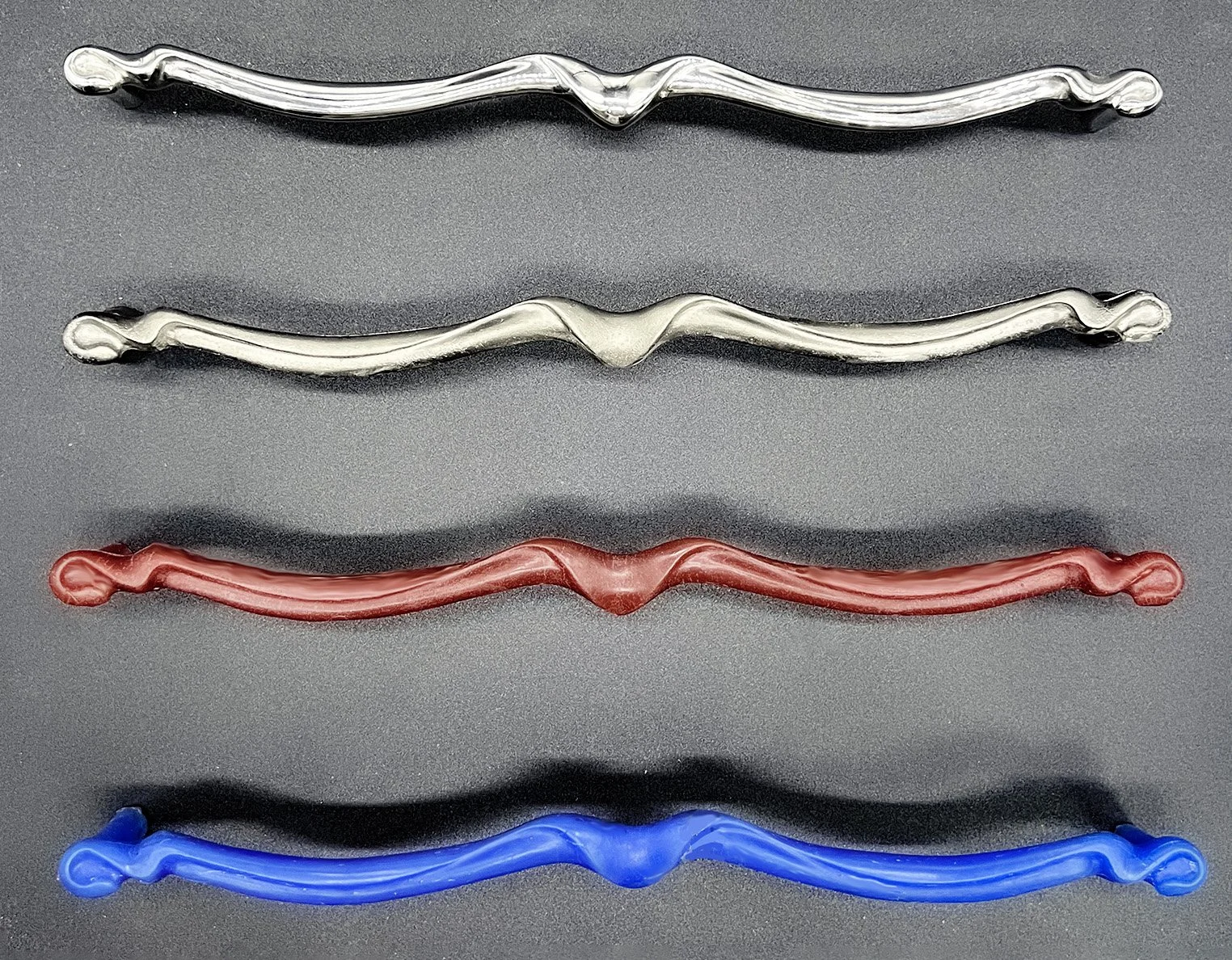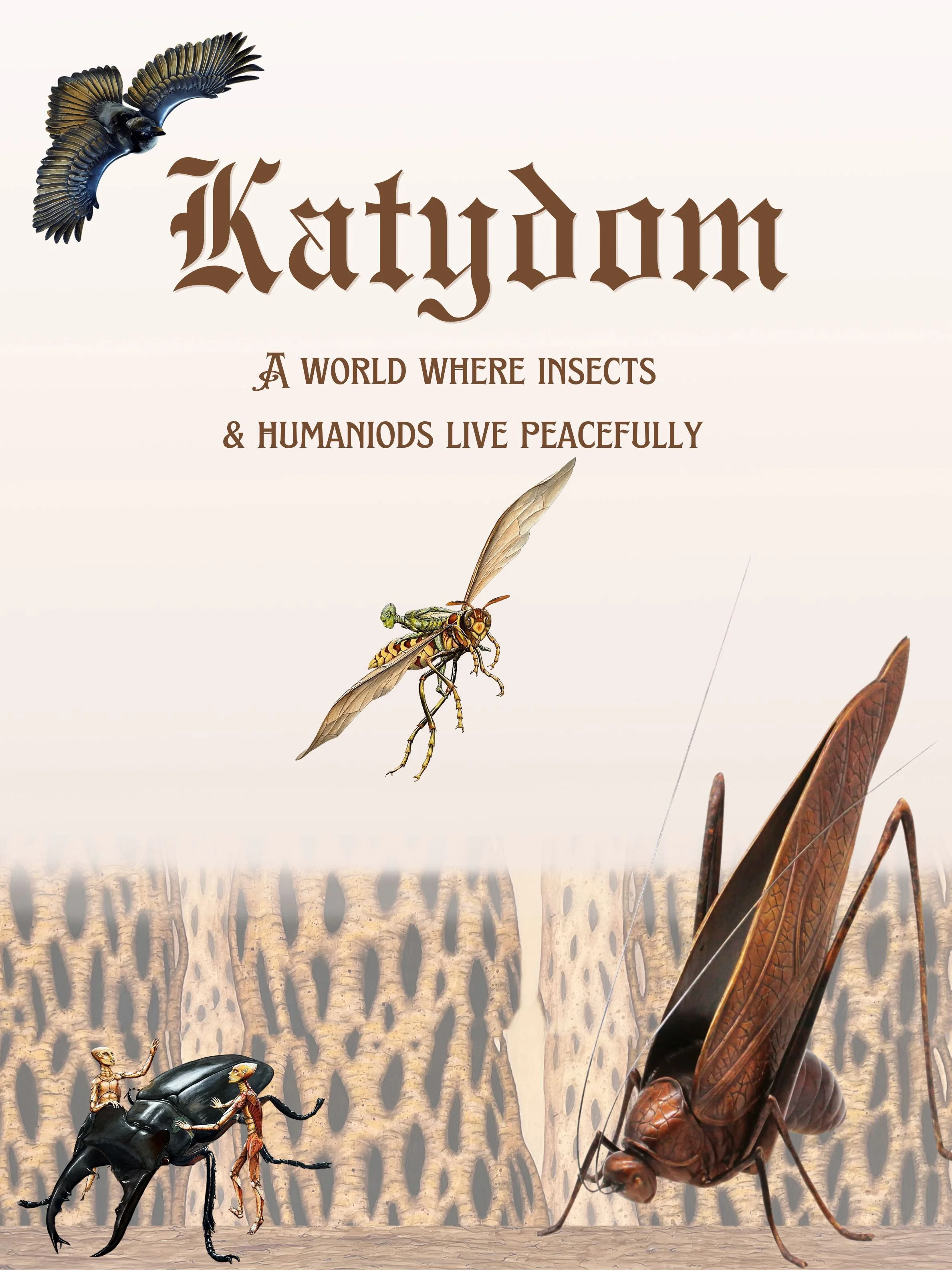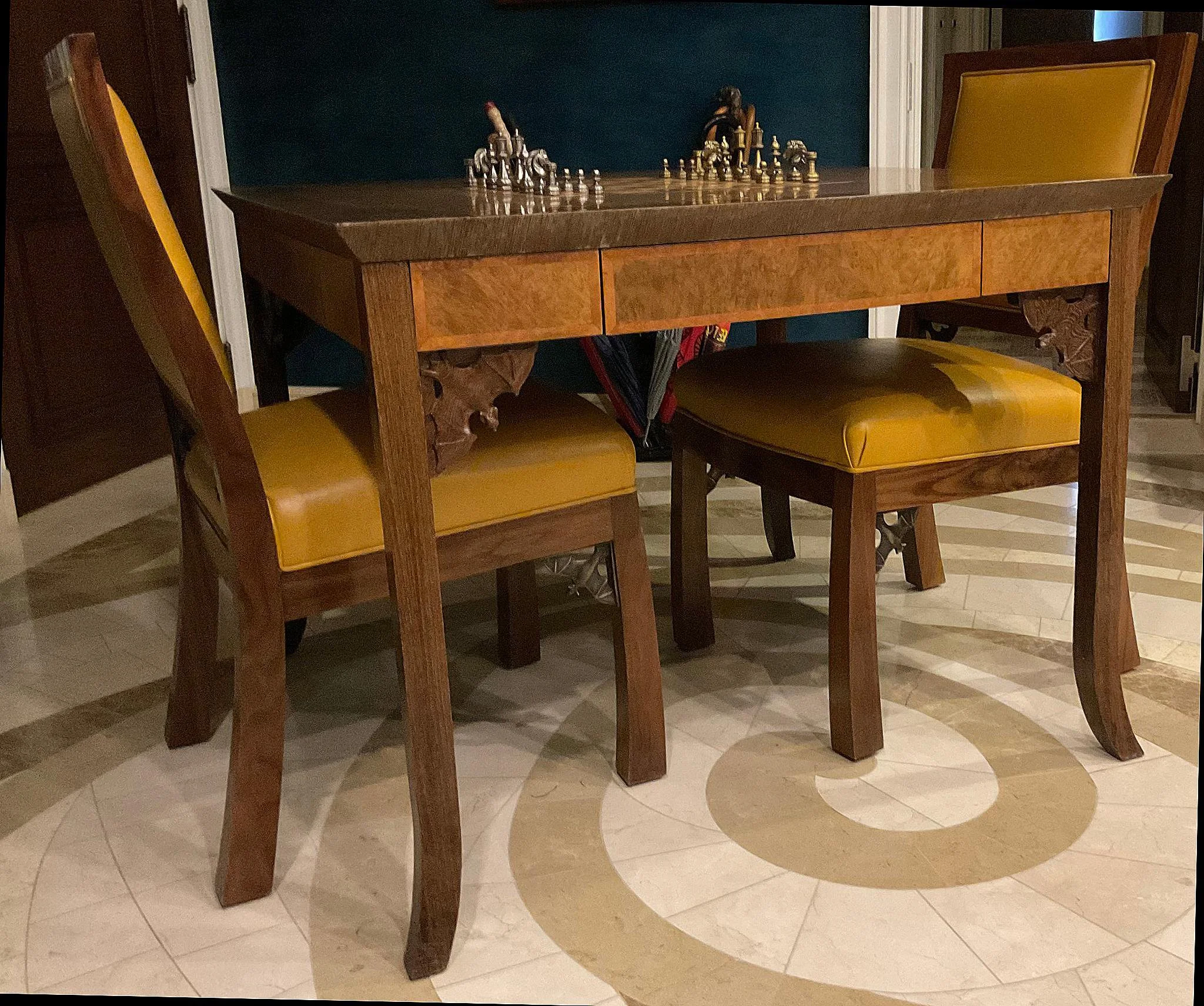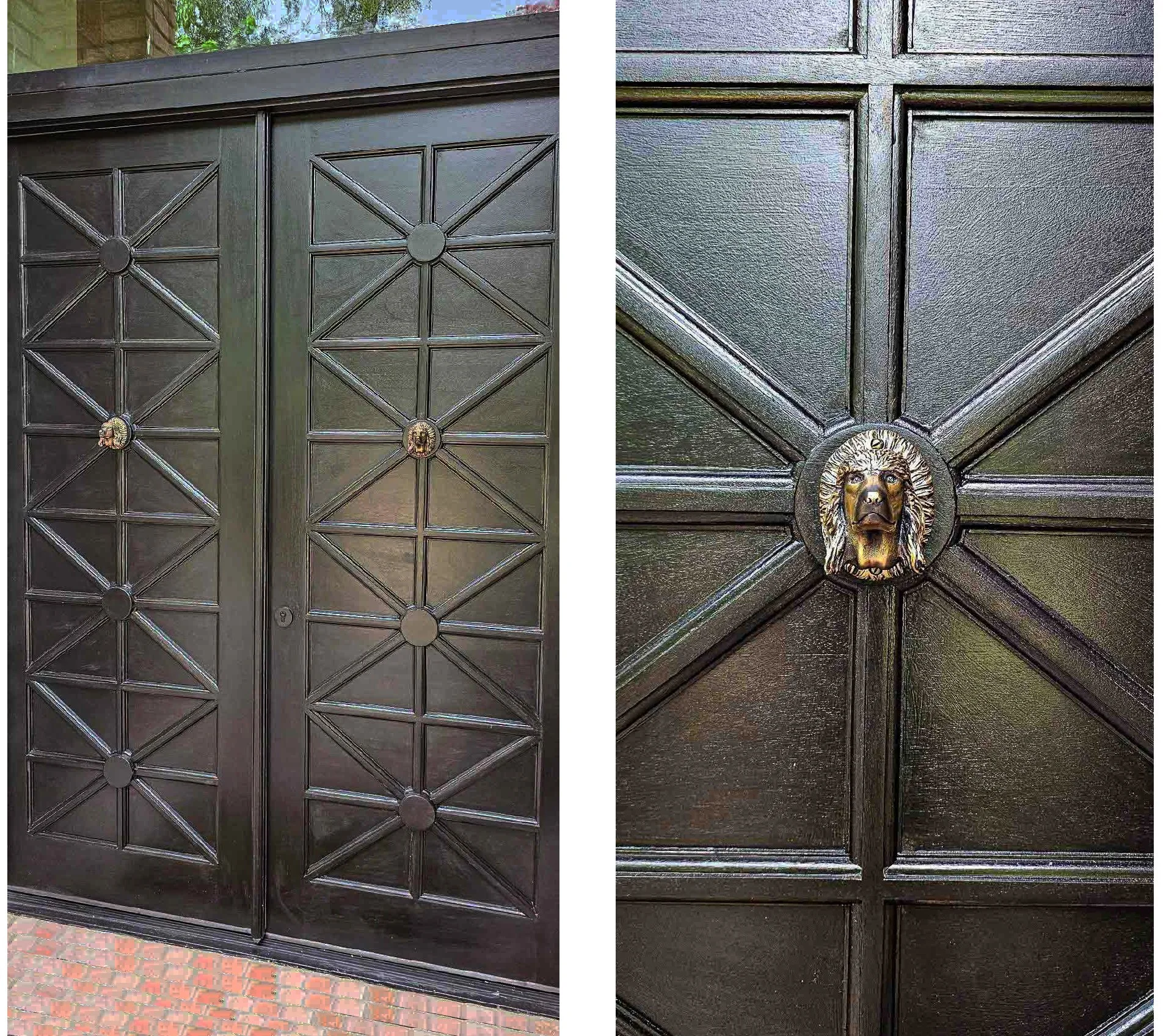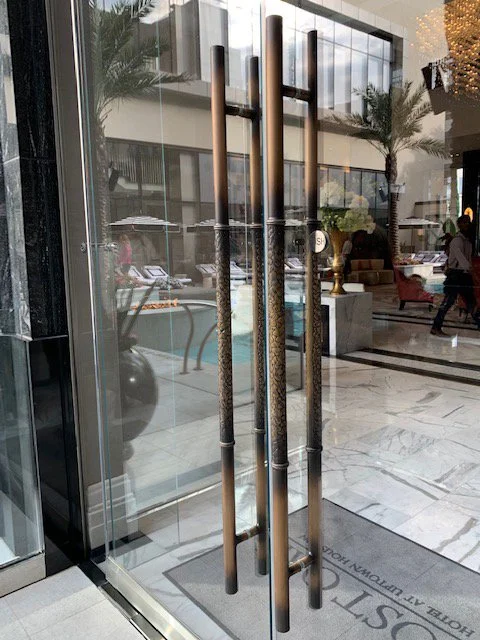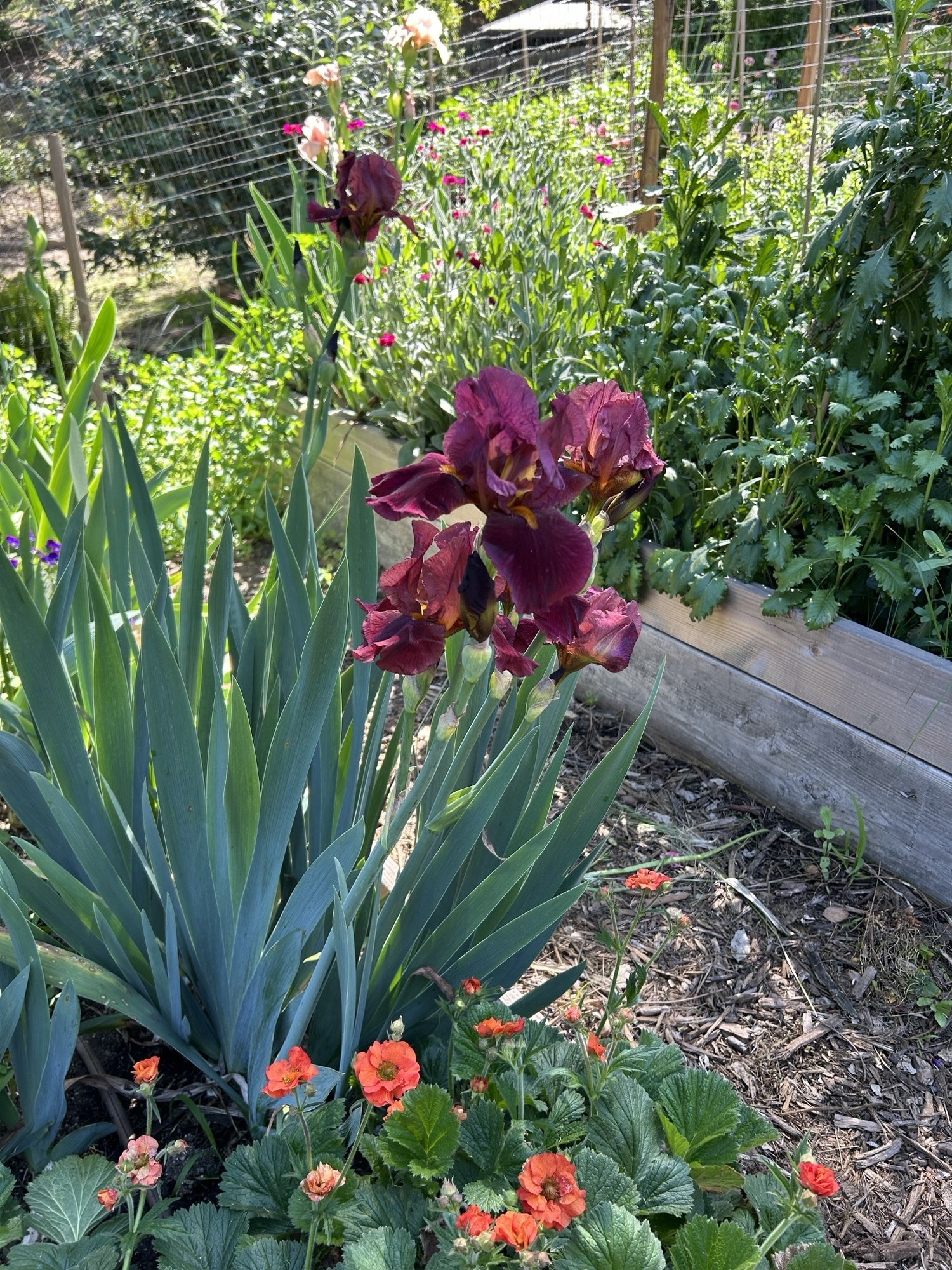This week I uncovered a third misconception — that brass has superior antimicrobial properties compared to silicon bronze. That discovery led me into a deep dive into how each alloy is able to kill microbes, and into what microbes actually are and I thank Kylie Kerber at Borachitecture for her questions that prompted this search.
Copper is the key element in this story. It has the ability to kill microbes, and silicon bronze is especially rich in copper, containing between 92% and 96%. Brass, by comparison, has less — typically about 60% to 70%.
Outdoor Use
This is where the science gets really interesting, and where the added durability of bronze gives it a further edge over brass. Central to both alloys is their ability to release copper ions. At the surface, copper atoms oxidize, lose electrons, and become positively charged ions. These ions are naturally attracted to the negatively charged surfaces of microbes, where they bind, disrupt cell membranes, and ultimately destroy the organism.
When a natural patina develops, it does not form as a perfectly uniform layer. Instead, it covers the handle unevenly, leaving areas where copper ions can still migrate to the surface. As a result, both brass and bronze continue to kill microbes even when patinated, though the process slows compared to a freshly polished surface. Bronze, with its higher copper content and greater resistance to corrosion, tends to maintain this antimicrobial effect more effectively outdoors than brass. Furthermore, because brass is a softer alloy containing zinc, it is prone to corrosion and pitting in outdoor environments. As the zinc oxidizes and degrades, the surface becomes porous, accelerating the handle’s overall deterioration.
Indoor Use and Polished vs. Brushed Finishes
Copper content still gives silicon bronze the edge indoors, but the luster or finish of a door handle also plays a role. The word polished is almost synonymous with brass — hardly surprising, since brass positively gleams when polished. However, polished surfaces are effectively flatter, while brushed surfaces at a microscopic level have peaks and troughs. Consequently, a brushed finish has a greater surface area, meaning more copper atoms are exposed at the surface to release ions and kill microbes. To keep this antimicrobial property and regardless of alloy the door handle will need frequent cleaning with a soft cloth to remove surface contaminants.
Speed of Action
Copper ions attack microbes on multiple fronts — from breaking down their outer cell walls to binding with DNA and RNA. These actions both hasten cell death and prevent microbes from replicating. Scientific studies on bronze door handles show bacteria kill times of 60 to 200 minutes versus 60 to 270 minutes when they landed on brass and the speed would be greater if the surface was brushed.
While far from being a microbe, the perforated forms of the Morphic design trace back to my early fascination with foraminifera — tiny ocean organisms whose lace-like shells left a lasting impression. Their natural geometry continues to inspire my sculptural hardware, reinforced by repeated encounters with desert landscapes and the skeletal lattices of cholla cactus. In both cases, the Morphic Collection of door handles can be seen as a translation of nature’s skeletal geometry — an echo of open frameworks transformed into functional art
This post is based on trusted sources, including the EPA, CDC, and peer-reviewed studies on copper alloys. Please see the links below to explore further studies on this subject.
References
U.S. Environmental Protection Agency (EPA). EPA registers copper-containing alloy products. Available at: https://www.epa.gov/newsreleases/epa-registers-copper-surfaces-residual-use-against-coronavirus — This EPA release notes that antimicrobial copper alloys are approved for products like doorknobs and handrails.
Copper Development Association. Laboratory testing shows antimicrobial copper surfaces kill greater than 99.9% of MRSA, VRE, Staph aureus, Enterobacter aerogenes, Pseudomonas aeruginosa, and E. coli O157:H7 within 2 hours of exposure.
Wikipedia contributors. Antimicrobial properties of copper. Wikipedia. Available at: https://en.wikipedia.org/wiki/Antimicrobial_properties_of_copper — Includes data on kill times for influenza A, E. coli O157:H7, MRSA, and more.
Wikipedia contributors. Antimicrobial copper‑alloy touch surfaces. Wikipedia. Available at: https://en.wikipedia.org/wiki/Antimicrobial_copper-alloy_touch_surfaces — Details EPA registrations of antimicrobial copper alloys and the bacterial species tested.
AntimicrobialCopper.org. FAQ: Laboratory testing has shown copper alloys are effective against norovirus, rotavirus, and adenovirus; based on CDC recommendations and similar genetic structures, they may also inactivate Ebola and potentially Zika.
AntimicrobialCopper.org. Results from clinical trials show that microbial contamination is significantly reduced—by 83–100%—on copper surfaces; ICU trials showed a 58% reduction in healthcare-associated infections (HCAIs) when copper alloy surfaces are used.

